#seven chances
Explore tagged Tumblr posts
Text
This Day in Buster…March 1, 1926 “Seven Chances,” with the title "Siete ocasiones,” opens in Spain.
#buster keaton#damfino#the damfinos#buster keaton society#damfamily#ibks#the international buster keaton society#vintage hollywood#silent era#silent movies#silent film#silent cinema#damfinos#old hollywood#pre code#pre code hollywood#pre code era#1920s#1920s hollywood#seven chances#film#cinema#comedy
136 notes
·
View notes
Photo
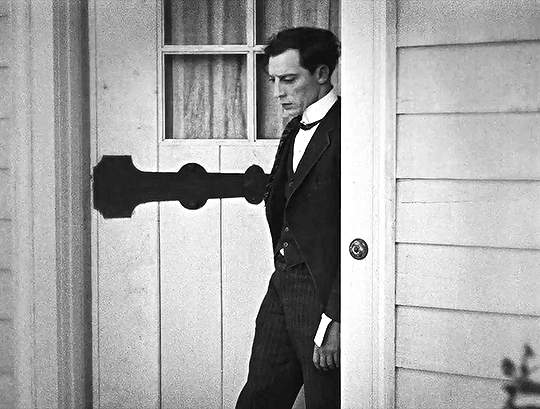


Buster Keaton in Seven Chances (1925)
#buster keaton#seven chances#filmedit#film#vintage#silent film#1920s#myedit#busterkeaton*#he's so beautiful
1K notes
·
View notes
Text


Seven Chances (1925) & The Cameraman (1928)
#buster keaton#1930s#1910s#1920s#1920s hollywood#silenst film#silent comedy#silent cinema#silent era#silent movies#pre code#pre code hollywood#pre code film#pre code era#pre code movies#damfino#damfinos#vintage hollywood#black and white#buster edit#old hollywood#slapstick#seven chances#the cameraman#1928
56 notes
·
View notes
Text

#polls#movies#seven chances#seven chances 1925#seven chances movies#20s movies#old hollywood#buster keaton#t. roy barnes#snitz edwards#ruth dwyer#frances raymond#erwin connelly#have you seen this movie poll
49 notes
·
View notes
Text
Buster Keaton, Seven Chances, 1925
102 notes
·
View notes
Text
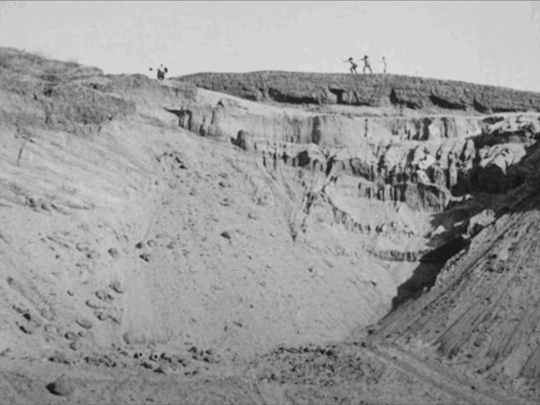


Out West (1918) Stunt doubling for Roscoe Arbuckle, hence the padding
The Paleface (1922)
Seven Chances (1925)
#buster keaton#stunt double#stunts#comedy#silent movies#1920s#silent film#roscoe arbuckle#hollywood#slapstick#1920s cinema#silent comedy#out west#the paleface#seven chances
65 notes
·
View notes
Text
Casting suggestion: Rami Malek as Buster Keaton as Taner Ölmez as Peter Lorre
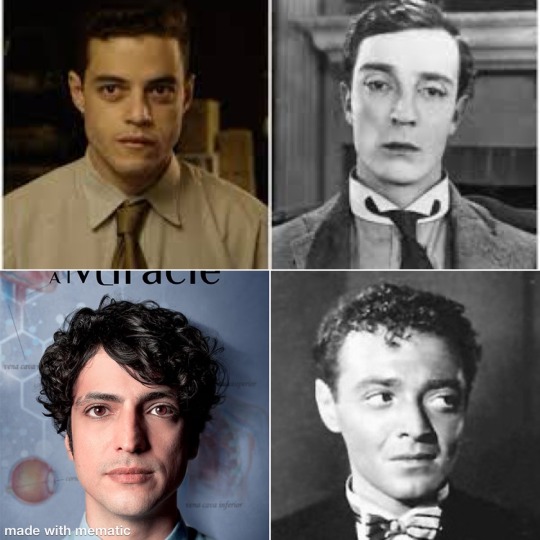
#rami malek#mr robot#bohemian rhapsody#amsterdam#buster keaton#the general#m#peter lorre#fritz mangia#seven chances#the maltese falcon#mr moto#taner ölmez#the good doctor#turkish the good doctor#autism#brown actors
10 notes
·
View notes
Text
Oh by the way yesterday I watched seven chances and it was delightful! Some scenes are meme-worthy and Jimmy and Mary are a new otp for me. It also convinced me of the raw power that only a big bunch of dollars and female rage can have. 10/10 would watch Keaton falling down a ditch face-first again
I actually also watched Coney Island and Arbuckle in drag looks friend-shaped idk. Plus, Keaton casually doing a backflip got me like "yeah of course you can" lol
6 notes
·
View notes
Text

Seven Chances (1925, Buster Keaton, USA)
10 notes
·
View notes
Text
CC's New Watch Ranking - May 2023

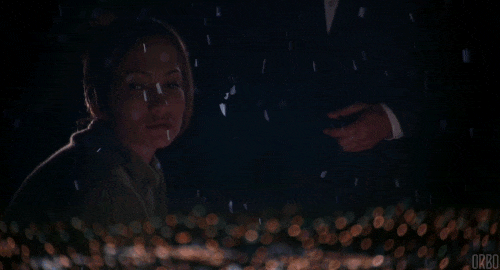
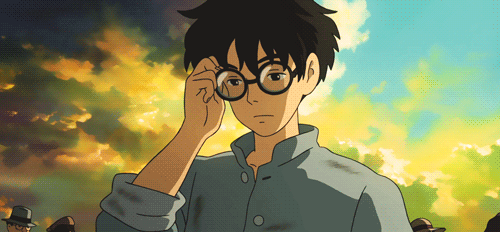
Every month on Letterboxd, I make a list of the 10 best films I’ve seen for the first time. It’s a fun way to compare movies separated in time, genre, and country of origin, and helps me keep track of what I’m watching! This is a breakdown of those films.
May! An honored month in my household as my partner enters her time of astrological power. Taurus would have us laze around in the sun enjoying life’s hedonisms, but I’ve been resisting that call and working like a madperson instead. I got cast in a movie! Only a background role, but it’s been an incredible learning experience. You can watch a ton of films (and reader, I have) but nothing will teach you quite like being there. Being able to watch it all unfold before your very eyes? Fascinating. Besides that, Tears of the Kingdom has been occupying my time. I love throwing that twink off a cliff. He soars just right. The protagonist of one of this month’s films would be delighted to see him fly.
Click below to read the breakdown! Click HERE to view the list on Letterboxd!
10. Accattone
1961 - Pier Paolo Pasolini
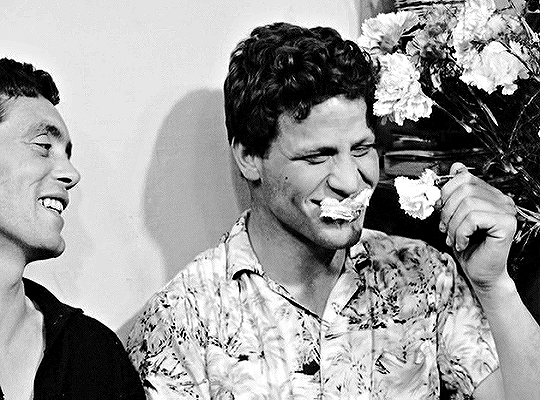
I watched many films by Pasolini this month. He’s one of the most interesting figures in Italian cinematic history, an openly gay marxist who stood up for ideals that were on the extreme fringe of the culture he was working in at the time. His career was tragically short-lived, cut short by either political assassination or extortive murder, depending on who you believe. Wild that it was films like this that made him the target of such ire. The story is so basic, so familiar: A horrible man is horrible to those closest to him. They suffer; he suffers; eventually, he is killed as a result of his horrible decision making. That tagline calls this “The poor man’s Dolce Vita?” While shot beautifully and containing some compelling moments, I don’t find this nearly as interesting as the other works in Pasolini’s filmography. It was made for a very specific time, and I think if you’re not plugged into the particulars of Italian class and gender dynamics, this just read as typical criminal melodrama. It is funny that Accatone’s criminal career culminates in an attempted salami heist. He and my cat have a lot in common.
9. Othello
1951 - Orson Welles

Any adaptation of this text is going to bear a ton of baggage. An adaptation made in the 1950s especially. But my main criticism of this film is that it represents a style of Shakespearean performance that I find dated and boring. It’s so stagey - which is a ludicrous complaint given the nature of the work and the sorts of movies I love. But this is false-stagey, containing people making proclamations and japes, without any human emotion behind the vast majority of their lines. It’s a shame, because this is one of the most beautifully shot Shakespeares I’ve ever seen. They gain so much by shooting in Venice, and using the striking contrast of light and shadow that Welles is famous for. That just barely sustained my interest through an otherwise flat adaptation. Maybe it’s just the bias of the time I’m viewing this in - I prefer a much more psychologically rich take on the Bard’s work, rather than a bunch of people wearing tin crowns and signing towards medieval behaviors.
I watched this with my cat. She sat in a chair next to mine and seemed engrossed. Add this to the “BirdTV 10+ Hours Nature Noises for Cats” rotation.
8. Shanghai Express
1932 - Josef von Sternberg

I’ve been reading a ton of Agatha Christie lately. This movie, made around the same time as many of Christie’s best works, evokes so much of the era: the glamor, the manners, the ignorance of how the world will change in a few short years, the omnipresent racial caste system. It’s so amusing to read Christie’s work when you hold the knowledge of how the world is going to change. It’s a similar pleasure watching this movie - these wealthy colonizers are passing through a China that will no longer exist, whose trajectory for the rest of the century is going to be a reaction to their actions and attitudes. How peculiar that the center of this film, then, should be Marlene Dietrich and Anna May Wong, two figures who defy all the trends and assumptions one would make about this era. Their sapphic attachment bubbles under the surface of all their scenes. It motivates a movie that would otherwise be heavy-handed and patronizing. While it has its problems, I’d still recommend this to anyone who wants to see some of old Hollywood’s biggest queer icons working at the height of their power.
7. Theorem
1968 - Pier Paolo Pasolini
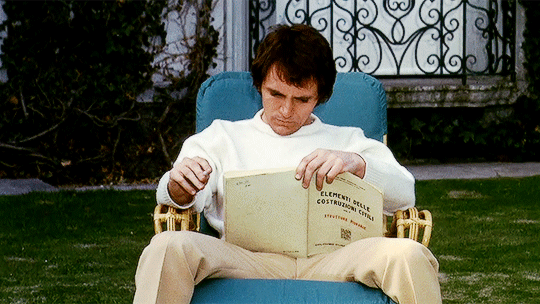
Where Accattone looks at the urban working-class folks who live their lives by petty crime, Teorema is concerned with a more provincial elite. I kept thinking of the wannabe literati that I grew up with - boys who read Freud too young and were convinced that this coked-up Austrian held the secrets to the universe. Boys who would lean in at random points in a discussion to say “Well, this really comes back to Oedipus, doesn’t it?” As with Accattone, I think this is speaking to a specific time and place so succinctly that it won’t work for people outside that bubble. A young man basically wanders into a rich family’s home and sleeps with all of them. Through different situations and personas, he gets to each of their psychosexual cores. The most remarkable scene is the exact middle of the film. In the wake of all these sexual encounters, each family member basically addresses the fourth wall and states what this intimacy will do to them. “I will be forever changed; the shadow of this sex will live in my heart forever.” The rest of the film proceeds exactly as they predict. There are some incredible, surreal images bound up in the action, and I enjoyed watching it, but overall there are too many messy edges and pseudointellectual implications for me to heartily recommend this to everyone. Maybe once I’ve completed this mog I’ll see this film in a new light.
6. Face/Off
1997 - John Woo

Oh man, this is the polar opposite of the navel-gazing art house nonsense of the Teorema. Simple premise: What if Nic Cage and John Travolta swapped faces? Wouldn’t that be fucked up? A thoroughly enjoyable 90s action flick without much beneath the surface besides satisfying action. (Though, on reflection, this film also has a bit of incestuous implication - Cage-Wearing-Travolta flirts with Travolta’s daughter, and she seems to reciprocate? They drop that plot beat quickly, but it is uh, awkward to say the least.) While this wasn’t quite the exceptional genre entry some people had told me it was, I still had a blast watching two of Hollywood’s weirdest actors get a chance to imitate each other’s energy. They do it perfectly. Really makes you appreciate the way a person can truly transform within a performance
5. Mamma Roma
1962 - Pier Paolo Pasolini

I’ve preferred Pasolini when he’s plugged into *some* degree of realness. As a director who lived through the neorealist era, and was once a close collaborator with Fellini, I feel like his work really shines when he accentuates a grounded reality with just a touch of dream-logic. This happens brilliantly within this film. A middle-aged woman has earned enough through sex work to purchase a fruit stand, and uses this entry into “respectable” life as an excuse to reconnect with her estranged son. But she finds it difficult to shake off all the ghosts of her past. She cannot just snap her fingers and have the life she dreamed of decades ago when she gave her son away. He has grown into his own person, and struggles under the weight of her dream as he tries to pursue his own. It’s a wonderful, messy tangle of competing desires, fantasies, and realities. The extreme highlight of this is two separate oners that take place late at night, during her time as a sex worker. Wandering through these pitch-black streets with only strong, skinny street lights to illuminate the scene, Pasolini follows Anna Magnani with a handicam type-setup, following her as she has a continuous monologue with several passersby. It’s a brilliant shot by Tonino Delli Colli who would later go on to shoot The Good, The Bad, and The Ugly. The dreamlike, anchorless way she walks through this void reflects how disconnected she is from her own life. She does sex work, but does her best to forget it - she holds some standard for herself that is based in a society that despises her, yet loves and adores her at the same time. The happy way she trades jokes between johns and other sex workers, while stumbling through this featureless space… it’s just incredible. Pasolini really did see the tangled web of his society and captured it like no other. It really reflects this social mobility and economic boom after the devastation of World War 2. An entire nation desperate to forget its past, yet unable to do so. Desperate to forge a new middle class while sneering at those who would comprise it.
4. Seven Chances
1925 - Buster Keaton
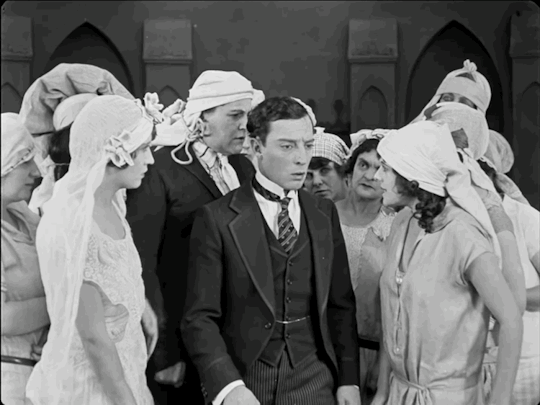
My beloved Blank Check has been covering the films of Buster Keaton, and I’ve been watching along. Buster is one of the geniuses of this medium, whose films remain timeless because of his relentless precision and thoughtful craft. This is one of his best films. Through silly circumstances, a young man learns he has to get married in less than 24 hours in order to inherit a large fortune. There are seven women with whom he could have a chance, and he messes it up with them all. Honestly, the title-to-premise connection is a bit weak, as he made many changes to the source material this film is based on. There’s a lot more rockslides than that plot description would have you believe. Even after nearly a hundred years, this succeeds in getting a real laugh out of me. There are too many jokes packed into each little moment for me to really isolate. It’s just perfect slapstick, perfect physical comedy the whole way through. Put your phone down and drink it in.
3. Europa ’51
1952 - Roberto Rossellini

A devastating film about a woman who changes in the wake of her young child’s suicide. My review on Letterboxd:
“Honestly this is too rich in psychologies, philosophies, and ironies for me to fully understand in one viewing. But I *loved* the transformation Bergman depicts over the course of the film. An incredible performance - going toe-to-toe with Giulietta Masina in one of her best cameos, too! I think this is something I'll be revisiting for years to come.
I write this in the wake of Jordan Neely's murder. It is incredible how mental illness is defined by what causes the slightest annoyance to those in power. We - and by 'we' I mean a specific class that operates our above ability to consent - lock up or kill the people most in need of understanding. Those who really just need positive human connection.”
This film creates an interesting parallel with Mamma Roma. Spoilers ahead: Mamma Roma also has a young boy who kills himself, but indirectly, dying of illness in a prison cell. He’s in prison because he was lashing out, just like the kid in this film was desperately crying for attention. His death was merely more direct, more immediate. These films form an interesting dialogue of similar subject matter, only really changed by the social classes of their protagonists. Mamma Roma longs for the status that Bergman starts with in Europe ‘51. Bergman ends up as shunned as Mamma Roma is at the start of her film. Fascinating examples of the cyclical ways women are demonized, no matter where they begin.
2. Out of Sight
1998 - Steven Soderbergh

What a fun film!!! Soderbergh is one of the best directors working right now, and my, does he work. I can’t think of anyone else who makes movies at the rate he does, and who is involved in so many different projects and genres. His films have wonderful movement and great characters. He’s a natural fit for Elmore Leonard’s writing. Leonard is a mystery to me - I’ve been watching a lot of films based on his stories with some friends, and on paper, they are all very generic tales with boilerplate characters. A female FBI agent who can “keep up with the boys.” A smooth talking criminal with a violent impulse. A charming thief. You’ve probably seen these characters in a million different works and can’t remember a single one of them - yet somehow, Leonard finds the situations and plot beats to make characters like Karen Sisco soar. Sisco is hunting Jack Foley, played by George Clooney in one of his steamiest appearances. He kidnaps her right before she can catch him, and they are forced to have a long conversation together while locked in the trunk of the getaway car. This starts an attraction that supports the rest of the film, filled with many twists and turns as one tries to reunite with the other - to fuck? To kill? To rope into the robbery? It will keep you guessing until the very end. I really love crime thrillers, and it’s no surprise that the director of Ocean’s Eleven is able to work with these incredible characters and craft some amazing scenes. Come for the romance, stay for the heist. Or come for the heist and stay for the romance. Just see it! It’s great!
1. The Wind Rises
2013 - Hayao Miyazaki

I had been holding off watching this for a long, long time. It can be hard to watch a film that you know will devastate you. When I heard Miyazaki had made a film about the act of creation and its futility, how even the best minds with the highest aspirations can lead to terrible destruction… oof. I was afraid of the mirror this film could turn out to be. Its tagline is “We must live” - how devastating is that? My mind goes to the final scene of Uncle Vanya.
The film soared even higher than I could have imagined. Yes, it made me cry, but it also left me feeling more hopeful about the world than I could have hoped for. It follows the life of Jiro Horikoshi, an airplane engineer who lived during the early 20th century and designed some of Imperial Japan’s fighter planes. The film flows seamlessly between his life and his dreams. It’s the perfect subject matter for Miyazaki. You can feel aspects of Miyazaki’s own life bleeding in at the edges - his quest for perfection, his relentless work ethic, the literal machinery that occupies his dreams. An early scene has Jiro speaking to one of his idols in a dream, literally having a sort of psychic communication as they trade notes on plane design. It’s immaculate. Anyone who is a creator has likely had similar conversations playing through their head, dreaming of what their heroes would say if they could read their work. I know I have. As our world faces disaster after disaster, as conflict becomes bloodier and the pursuit of art seems more pointless than ever, works like this reignite my will to keep going. We make the world a little better every time we use our imagination. When we dream, we can envision things as they should be, as they could be, not as they are. It lets us see all the wonderful possibilities that are out there. And if dreams just aren’t enough, remember, there is always love. Fragile, precious, everlasting love, which is immortal even when the people who share it die. This is what makes the wind rise. It’s what gives me hope for the future.
Reader, if you take anything away from this fleeting blog post, let it be the power of dreams and love. They are the best tools we have for fighting evil.
~~~~~~~~~~~~~~~
Thank you for reading! If you liked any of these thoughts feel free to follow me on Letterboxd, where I post reviews and keep meticulous track of every movie I watch. Look forward to more posts like these next month!
#cc oc#movies#film#movie list#monthly ranking#The Wind Rises#Out of Sight#Europa '51#Seven Chances#Mamma Roma#Face/Off#Theorem#Shanghai Express#Othello#Accattone#Pier Paolo Pasolini#Orson Welles#Josef von Sternberg#John Woo#Buster Keaton#Roberto Rossellini#Steven Soderbergh#Hayao Miyazaki
5 notes
·
View notes
Text
This Day in Buster… January 18, 1926 “Seven Chances,” with the title “Busters miljoner,” opens in Sweden.
#buster keaton#damfino#the damfinos#buster keaton society#the international buster keaton society#vintage hollywood#damfamily#ibks#silent era#silent movies#seven chances#1920s#1920s hollywood
4K notes
·
View notes
Photo


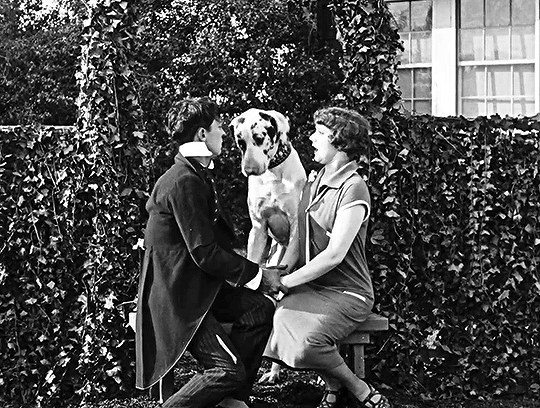
Buster Keaton and Ruth Dwyer in Seven Chances (1925)
#buster keaton#ruth dwyer#seven chances#seven chances 1925#1920s#filmedit#silent film#vintage#busterkeaton*
135 notes
·
View notes
Text

Seven Chances - 1925
#buster keaton#1930s#1910s#1920s#1920s hollywood#silenst film#silent comedy#silent cinema#silent era#silent movies#pre code#pre code hollywood#pre code film#pre code era#pre code movies#damfino#damfinos#vintage hollywood#black and white#buster edit#old hollywood#slapstick#seven chances#1925
72 notes
·
View notes
Text
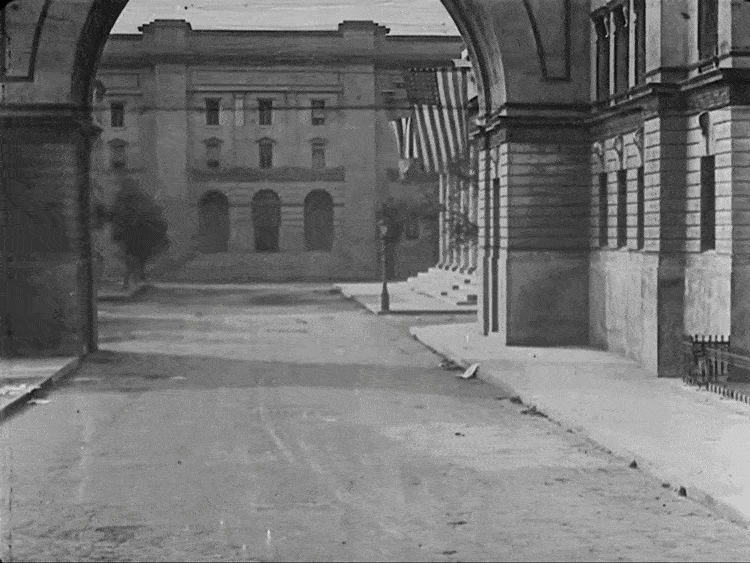
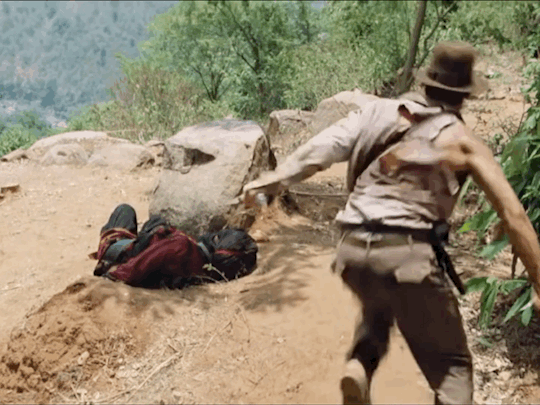


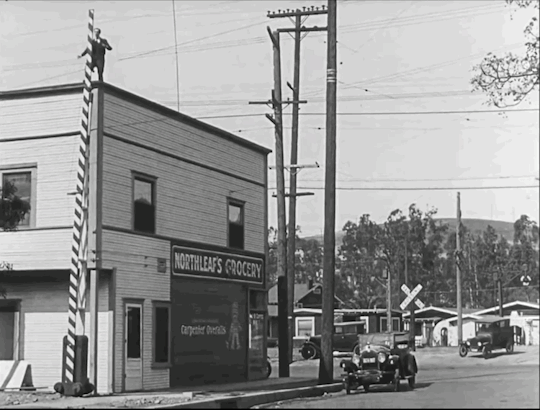

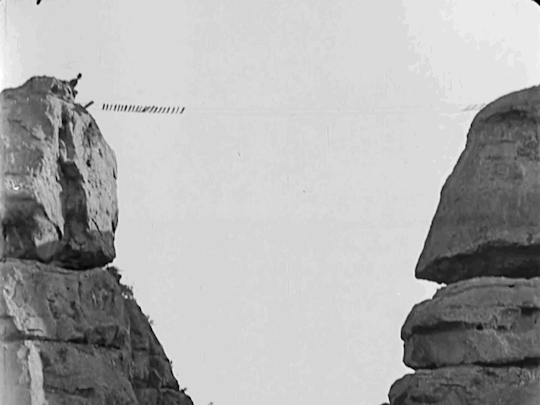



Buster/Indiana
#buster keaton#indiana jones#silent movies#comedy#1920s#silent film#silent comedy#1980s#1980s movies#hollywood#golden age of hollywood#steven spielberg#stunts#1920s cinema#raiders of the lost ark#the temple of doom#seven chances#sherlock jr#the paleface#three ages#cops 1922
269 notes
·
View notes
Text
youtube
#chances are#second chances#what are the chances#seven chances#chance stranger things#missed chances#Youtube
0 notes
Text

ThrowbackThursday - The cover of French magazine Le Film Complet du Jeudi for "Les Fiancées en Folie" (Seven Chances), 1926
#buster keaton#damfino#the damfinos#buster keaton society#the international buster keaton society#vintage hollywood#ibks#damfamily#silent era#silent movies#french#seven chances#1920s#1920s hollywood#damfinos
33 notes
·
View notes